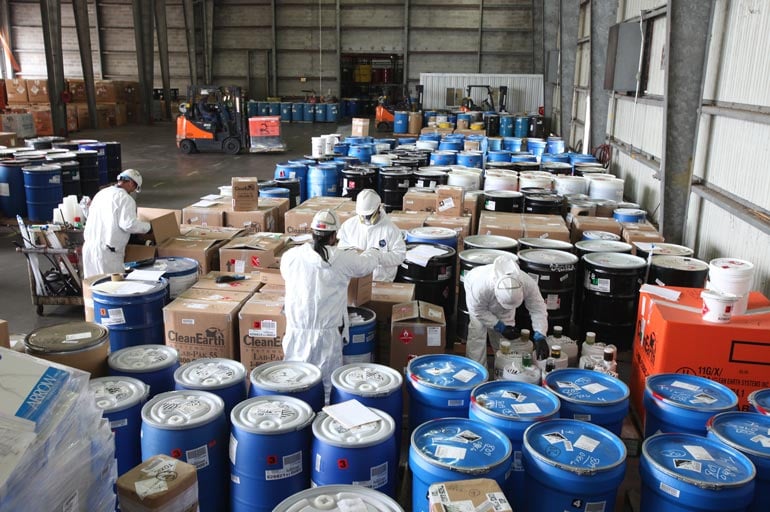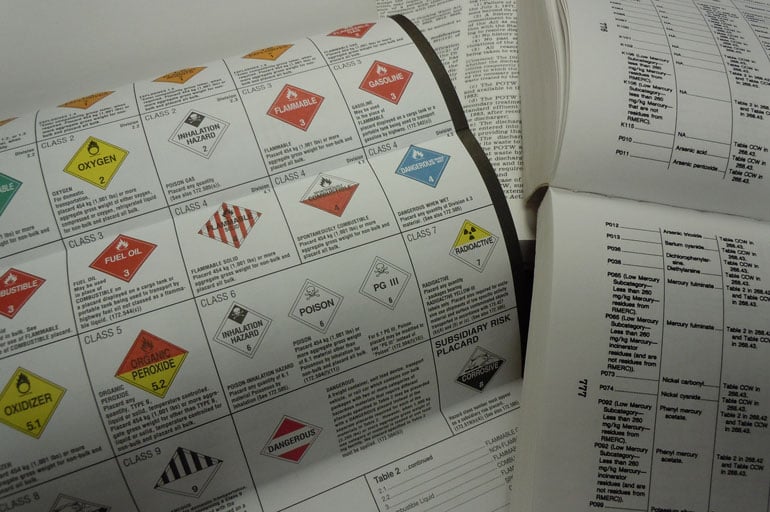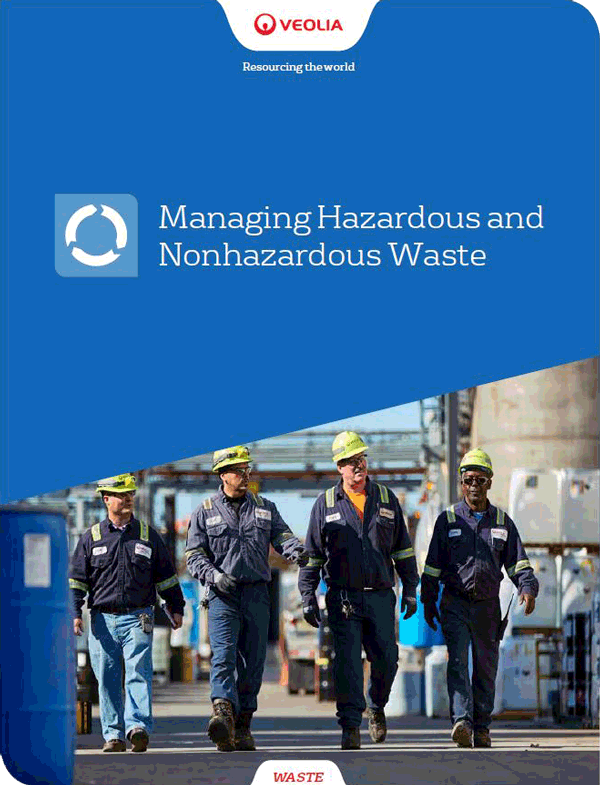The hazardous waste incineration market was thrown into a spiral last year. Some of the nation’s largest incineration facilities had to notify their customers that they were no longer able to accept new waste in the near future. This backlog had immense consequences for hazardous waste generators, as it was forcing many to hold on to their material longer than allowed by EPA regulations.
The industry is still feeling the effects of the delays of 2021, and many of the underlying causes of the backlog have not been remedied. In this post, we’re going to cover what happened to the incineration market, how the EPA responded, and what waste generators are doing to overcome these challenges.
Why are hazardous waste incinerators backlogged?

From our perspective, there are several reasons why incinerators could not keep up with demand in 2021, and why the industry continues to have challenges in 2022.
- Winter Storm Uri in early 2021 – The Southern U.S. was hit with severe winter storms and sustained below freezing temperatures in February of last year that led to widespread ice, snow, and power outages. That combination crippled much of the infrastructure and incineration facilities in Texas, Oklahoma and Arkansas for more than two weeks.
- Labor shortages created by the pandemic – Almost every sector of the economy has been affected by severe labor shortages created by the COVID-19 pandemic. For the commercial incinerator industry, these shortages caused delays and cancellations of waste pick ups and acute Covid employee exposure resulted in reduced incineration throughput.
- Cement kiln’s shutdown timing – Permitted cement kilns can be used as a backup option for incinerating certain hazardous waste. When incinerators are backed up or go down for maintenance, cement kilns take on more of the waste. The problem in 2021 is that many cement kilns had scheduled maintenance right when manufacturers were producing more waste and when winter storms were wreaking havoc. As a result, waste generators felt the full impact of reduced thermal treatment capacity.
- Surge in manufacturing during the pandemic – The markets for everything from medical products to consumer goods experienced a sharp rise in demand throughout 2021 as the economy recovered from the effects of Covid. The resulting increase in manufacturing created an abundance of hazardous waste material requiring incineration. The existing incineration capacity in the United States could not keep up with the waste levels.
- Closing down a major captive – A large chemical manufacturer shut down their in house incinerator in August of 2021 and diverted more than 30,000 tons of hazardous waste to the commercial incineration market. This waste hit the already strained market and caused disposal and transportation companies to prioritize this chemical manufacturer’s business, making it even more difficult for smaller generators to find companies to transport and dispose of their waste.
- Normal maintenance shutdowns – Waste incinerators must be regularly shut down for cleaning, parts and brick replacement and repairs. Usually, this maintenance is planned to minimize impact on production. Combined with the factors above, however, the shutdowns in 2021 only exacerbated the waste backlog problems.
Compliance issues created by the backlog
To comply with RCRA, waste must be shipped off-site for treatment and disposal within a specific timeframe. In addition to potential health and safety issues resulting from incineration delays, the problem for many hazardous waste generators is maintaining compliance. Large quantity generators are only allowed to accumulate hazardous waste onsite for 90 days, while small quantity generators may do so for 180 days.

Due to the labor shortages, storms, and maintenance shutdowns, all commercial incinerators reduced receipts of hazardous waste, leaving generators with few options for disposal. In addition to holding the waste for more than the maximum allowed days, generators are running into compliance issues related to storage—because they are forced to hold on to more waste than ever before.
What the EPA is recommending
Once the issue was brought to their attention, the EPA acknowledged the difficulties hazardous waste generators are having in finding incinerators to take their material. They issued a memo reminding them that existing regulations have mechanisms for requesting storage time limit extensions of up to 30 days. These extensions are typically granted for unforeseen, temporary, or uncontrollable circumstances.
The way to receive an extension is to contact the state environmental agency, provide them with the reasons you must hold on to your waste beyond the limit, and give them proof for those reasons. For example, a generator could share a letter from an incineration facility that says they will not accept their waste due to the backlog.
What TSDFs can do
Permitted hazardous waste treatment, storage, and disposal facilities (TSDFs) are allowed to store hazardous waste 365 days before incineration. The EPA has indicated that TSDFs may store waste longer than that limit if their permit allows this type of storage activity, as long as they don’t exceed their permit’s storage capacity limit. Once they are at that limit, they can either try to modify their permit or use temporary authorization procedures found within the regulations to store more hazardous waste.
How to navigate the incineration backlog
If you’re a hazardous waste generator that continues to be adversely affected by incineration delays, there are several steps you can take to avoid penalties.
- Understand what waste and volumes you have onsite
- Plan ahead and allow more time to dispose of your waste than you have in the past
- If you will have issues remaining compliant, speak with your state environmental agency as soon as possible
- Search for alternative disposal methods and document your search, including correspondence with incinerators you contact, dates, and waste descriptions
At Veolia, we have worked hard to ensure we have enough capacity to handle our customers’ hazardous waste and minimize any negative impact on their operations. If you have questions about how to dispose of your hazardous waste, then please contact our team today.


